Decal: historical background and types of techniques
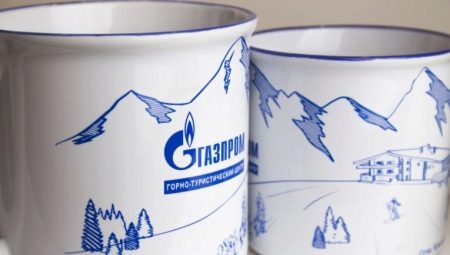
In childhood, many loved "translations" - pictures on an adhesive basis, which allowed the child to feel what a tattoo is. They were quickly washed off, but the very feeling of sticking and the appearance of the picture on the skin was unforgettable. If such impressions remained vivid, then when the child grew up, he tried himself in creativity, where with the help of various techniques it was possible to create another on one surface, and a drawing on a neutral background. So the childhood experience can develop into a serious hobby, which is called decal.
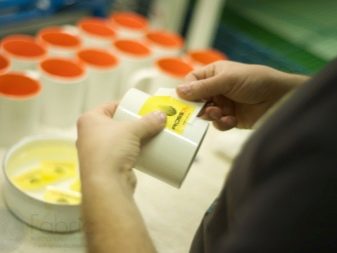
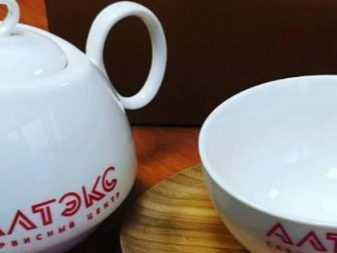
A bit of history
Decal is the technology of applying a picture to ceramic or glass products. The image is directed to the product from a paper base, after which it is fixed to the surface by firing at high temperatures. And on the very paper base, the image is applied by silk-screen printing or offset printing. True, today, offset printing is not actually used. But it was replaced by schemes of laser color printers for printing decals.
The origin of the word is associated with the French term "décalcomanie" - decalcomania, which translates as "making prints". Printed prints are decals, they are needed to transfer to a certain surface by high temperature exposure or pressure.
In Russian, the seal is called both decal and decal - both forms are used.
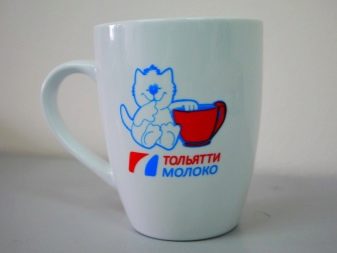
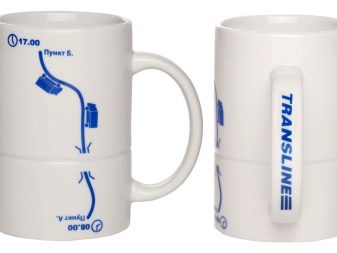
Decalcomania is a technology whose age has crossed a century. It was invented in Russia at the end of the 19th century, it involved manual labor, and this feature has retained today.The leading consumer of decals are factories and factories engaged in the production of tableware. Porcelain and earthenware factories, as well as enamel and glassware companies, still use decal. This technology can also be used to decorate cars, scooters and bicycles, telephones.
Today, the decoloring technique (and this word is often used) is considered one of the best for branding. Today you can decolor bags, cups, T-shirts, glasses, glasses, towels, bags, blankets, etc. Modern companies use silk-screen printing, sublimation printing, laser engraving, thermal transfer and machine embroidery to apply a pattern to the base.
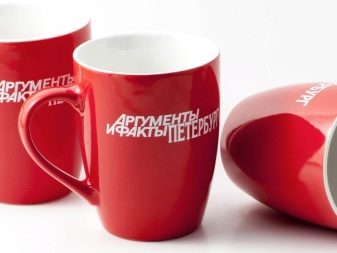

Advantages and disadvantages
The technology has many advantages, because it has not disappeared into oblivion, like some other old ways of decorating. Among these advantages:
- the ability to decorate surfaces with different shapes;
- the ability to decorate piece goods, and not huge batches;
- a variety of methods and technologies that are subspecies of decals;
- colorful, durable image as a result of decoration;
- the ability to decorate with precious metals;
- long shelf life of the image.
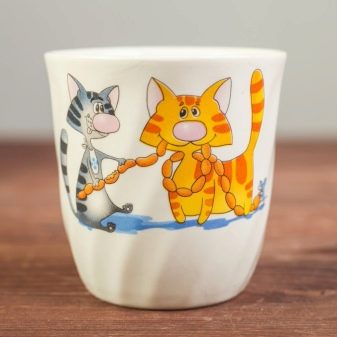
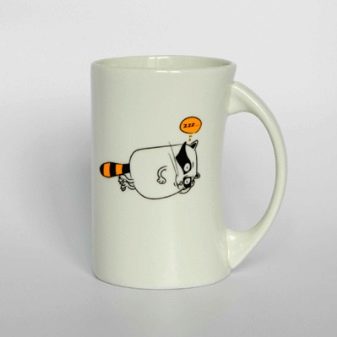
But the disadvantages are worth mentioning:
- pre-production preparation is expensive and time consuming;
- manual labor is always difficult, and its price only increases;
- manual labor, among other things, is a relatively large marriage process;
- the impossibility of 100% preserving the desired colors during drawing;
- the complexity of the process.
Those who call decal decals are, in principle, right. Pictures today are printed using special stencils.
Dishes with such a "translation" will keep the transferred image for a long time.


Varieties of techniques
Decalcomania is considered a mass printing method. It assumes division into 2 large types - ordinary and ceramic. Ordinary decal is used only for the translation of images made on the basis of aniline dyes and mineral paints on paper, metal, wooden surfaces, glass and other objects. The peculiarity of the usual decal is the absence of additional fastening.
Ceramic decal addiction has a different characteristic. Special heat-resistant ceramic paints are used for it. This technology is used for artistic decoration of ceramics and glass. Metal enamelled items also lend themselves to this technology. But the paint must be fixed by firing in a weakly oxidizing environment.
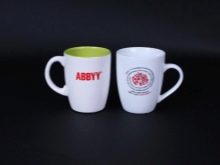


Here is a description of the types of decals.
- Sliding decals. This is a modernized technology that makes the process itself easier. The basis on which the drawing is printed goes well into the product - using this method, you can print drawings of varying complexity and any intentions. In such a situation, special paper is used, it is obtained by gluing a film-forming mixture with gummed paper. Today, varnishing machines are used to apply the film-forming mixture. It is good to print ceramic decal on lacquered paper both in the usual way and through the net.
- Silk-screen decalcomania. For her, mill sieves made of silk material are used. The thinner the lines are outlined in the image, the thicker the sieve will be. As the advertising market and related areas develop rapidly, the demand for images on glass, porcelain and any other tableware has increased. It is convenient to do branding on mugs and plates, glass bottles and glasses.
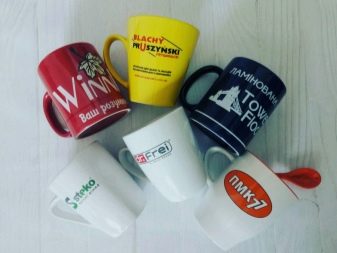
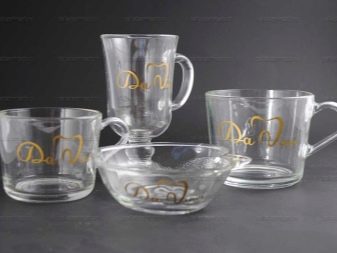
Hot and cold decals are considered classic. Hot decal is more suitable for applying logos on porcelain, ceramic, glass products, that is, on products made of those materials that can withstand high temperatures. Hot decal is applied using paints that are safe for human health, therefore it is completely safe to drink and eat from such dishes.
A hot decal will cost more than a cold one, but prices are basically comparable. Usually, the hot method includes 3 stages: printing a picture by silk-screen printing, gluing the image to the surface, and firing the product using high-thermal equipment.
This decoloring method guarantees durability, clarity and wear resistance of the applied image.
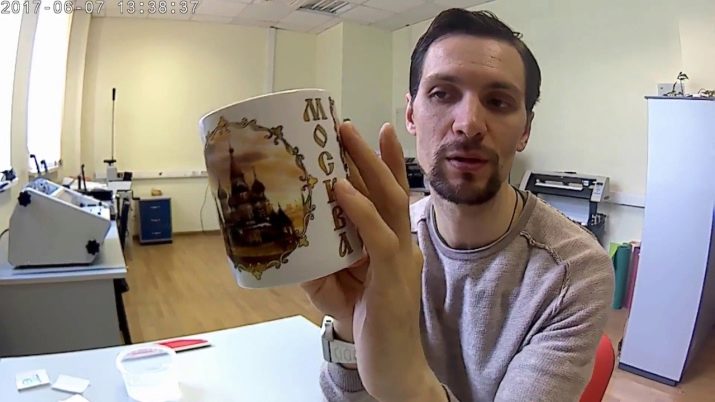
Cold decaling is used if, for various reasons, the product cannot be fired. The picture is printed on paper coated with water-soluble glue. And after the image is printed, it will be covered with colloidal varnish and dried thoroughly.
Today, digital printing is also used, which displaces less perfect types of decals. The masters have the opportunity to print with "gold" and "silver", transfer images on the surface of matte and glossy products. The decal can be overglaze and underglaze, the latter is fraught with abrasion of the pattern and even the ingestion of harmful substances.
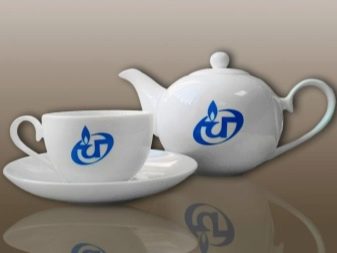
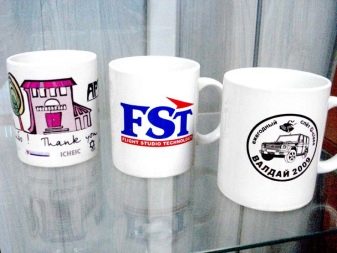
How to distinguish from hand-painted?
And although decal is still considered handmade, thanks to the introduction of modern technologies, its process is incomparable, for example, with hand painting. Unscrupulous sellers sometimes give out the decal as hand-painted, and, therefore, inflate the price of the product. In reality, distinguishing one from the other can be difficult. But since decal is still a print, on closer inspection you will see graininess. True, sometimes graininess can be detected only under a magnifying glass.
Handwork is sometimes called a decal with a painting, and this will also be slyness. The manufacturer prints the main picture, but some details on it are painted by hand. Look at the repeating details of the pattern: if they are the same, then you are definitely in front of a decal. If not, it's probably handmade.
Even a great master cannot duplicate an element once drawn with millimeter precision.
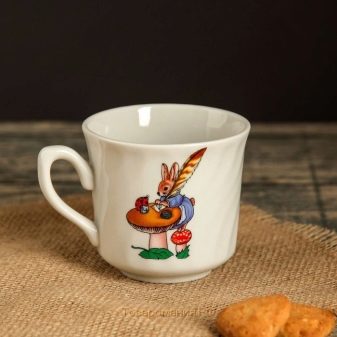
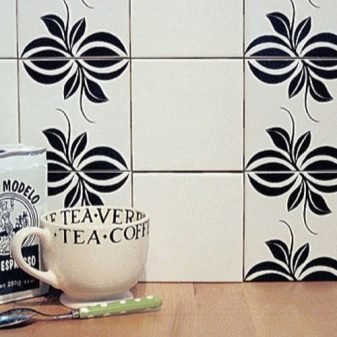
Application
Today, decal allows not only branding a product, but also making souvenirs. If a person orders a decal, he himself can come up with a drawing, which will then appear on cups, plates or glasses, etc. And experts, using color printing and firing the item in a muffle furnace, will complete the order. Here are some examples of how to create a firing decal.
- A paper sheet is taken as a basis - the desired picture is printed on it. The paper is covered with a layer of dextrin, and the paint is applied to this layer.
- To create a decal, for example, on cups, a special ceramic paint is taken, which includes tint, coloring and glass-forming elements. After drying, the paint is covered with varnish, which burns out during firing. The illustration is carefully removed from the sheet, and then the decal is applied to the desired item.
- Before transferring the decal to the plates, you need to soak the picture in water (no more than a minute), the paper base will get completely wet. Then the image is shaken out, it is applied to the object, the paper is carefully removed, the film with the image is smoothed.
- During firing, the paint rises to the top layer and together with it turns into a solid mass. The decal on the cups is bronze, gold, silver.
- When firing an object, a muffle furnace is used, it has a sufficient amount of oxygen, excellent ventilation and a device for a smooth increase in temperature. But after applying the decal to the product, it should dry strictly at room temperature.
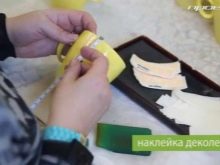


It will be possible to apply decal on a large number of items, and therefore it is possible to launch products in large quantities. This, of course, will be of interest to firms and companies, restaurants, fast foods. Very often, masters receive large orders for products with decals in order to organize a large-scale advertising campaign with its help.
Corporate fashion has existed for several years now, so the creatives of companies and enterprises may not “reinvent the wheel”: products with company logos will always be appropriate at a corporate event.
And the decal in this case is convenient because it is relatively inexpensive, and the result looks decent.
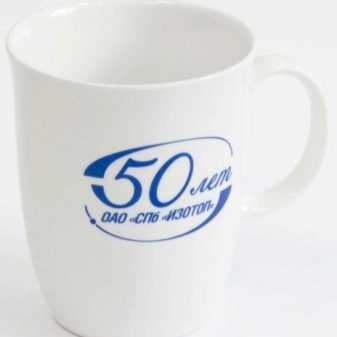

If, for example, the company's management decides to wish its employees a Happy New Year, it can order a decal for cups with the company's logo and New Year's wishes. Some companies develop whole sets with their own symbols and donate them not only to employees, but also to clients (especially active ones, for example), as well as business partners. This is a proven way to promote a service or product.
If in your city such a service could be in demand, but there is no service that would offer it, this is not a bad idea for business. The process is both technologically advanced and creative, and those who would like to decorate ceramics in a modern way will definitely like it.
See below for more details.






